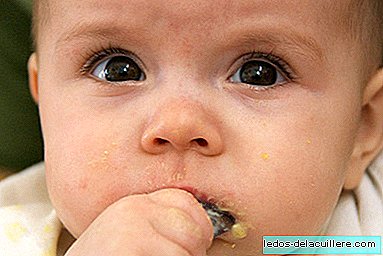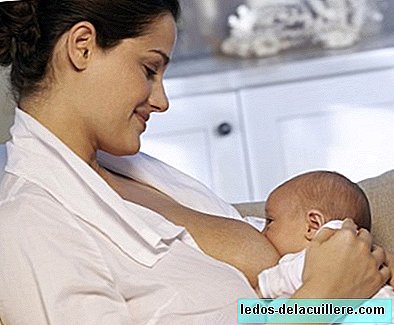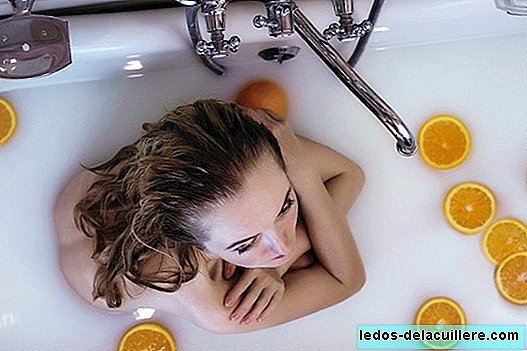
When the baby turns six months old, it is recommended to start offering him food so that little by little he will try foods other than milk and start eating, more and more, as the elders eat.
It is always recommended that food be made at home, so that home food will always be healthier than prepared food. We all take it for granted that it is not appropriate to feed a baby with jars or pots, which have the role of saving parents from an eventuality ("as it has not given me time, today we give it a little pot").
However, a study comparing the jars with a commercial porridge concludes that there are no relevant differences in the nutritional profile of all the porridge analyzed and that it is indifferent for a child to eat one or another thing.
How did they do the study
To do the study, the researchers took Tarritos of three of the best known brands in Spain (with sales calculated of 58, 28 and 11% each) based on lamb, veal and chicken. At the same time, they made homemade purees with the same recipe as that used by the manufacturers. The ingredients were bought in different markets and supermarkets in Murcia and were made using a pressure cooker and a Thermomix, then packing them in glass containers with a metal lid.
Once made the homemade ones analyzed them all with diverse tests to know the humidity of the preparation, the content in macronutrients, the energetic content, the amount of sodium and the profile of fatty acids of each meal.
Who did the study
Here comes the great “but” to the conclusions obtained, and that is that the study was carried out by the Department of Food Technology, Nutrition and Bromatology of the University of Murcia, the Pediatrics Service of the Hospital La Fe de Valencia and the Institute of Child Nutrition Hero Baby.
As we have said, the analyzed jars come from three different brands (not mentioned), being one, almost certainly, Hero. As Hero is interested (I imagine) that this study says that it is indifferent to give potitos or homemade food, two more brands are added with the intention of making the process more transparent.
However, it does not stop being annoying and does not cease to cause distrust that among the participants of a study that must say if the jars with equal, better or worse than the homemade food, is a manufacturer of jars.
The results
After analyzing all the meals, the researchers concluded that both homemade purees and commercial pots had an adequate nutritional profile, in accordance with the ranges recommended by nutrition societies, with some variations in protein content and in the amount of sodium, which may be inadequate in homemade purees.
In a nutshell, all the food analyzed presented a content in macronutrients and similar energy and always within the recommendations. The variability in question of proteins that was observed is associated with the use of different meat pieces and the amount added when making the porridge, so they do not give importance to this fact.
In relation to the sodium content, higher in homemade purees, it is due to the fact add salt to mash (And it is the fault of copying the recipe of the little pots, which carry salt) and they warned that by making the homemade puree we run the risk of going over with the salt. Luckily, almost no one adds salt to purees because they always it is recommended not to put salt until the baby is at least one year old.
They also added that, thanks to the process of making the pots, the nutritional profile in the finished product is more homogeneous and controlled, since there is a process that is always repeated (come on, than the parents, when doing it at home and always “ by hand ”we are more at risk of making variations too pronounced in the recipe and, as a consequence, in the porridge).
As a comment to the study, I do not doubt that the pots are increasingly healthy, because they increasingly add better ingredients and control the process more, however I still think that at home nowhere, because we can adapt the amount to which our son eats, we can vary the texture so that they eat bits and we can eliminate the ingredients that he does not like and add others that do not appear in the pots, for example.
When they tell you that the latest studies say that it is the same to give them homemade porridge than commercial porridge, they know that they are most likely referring to this study, which may be telling the truth, because as I say, they increasingly put more care into making a healthy recipe, but that it can also be “rigged” by the evident conflict of interests of one of the collaborators.












